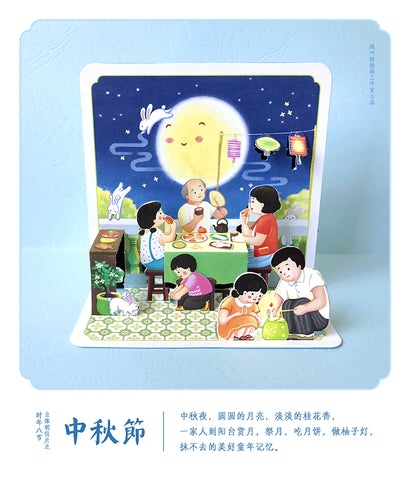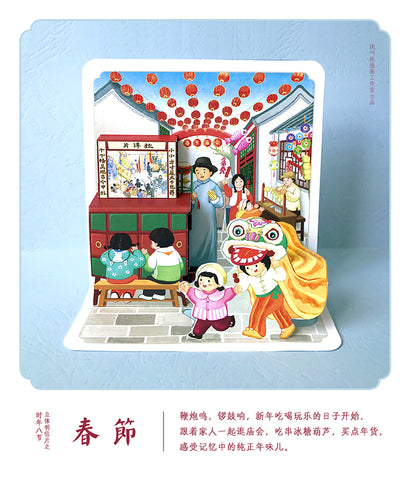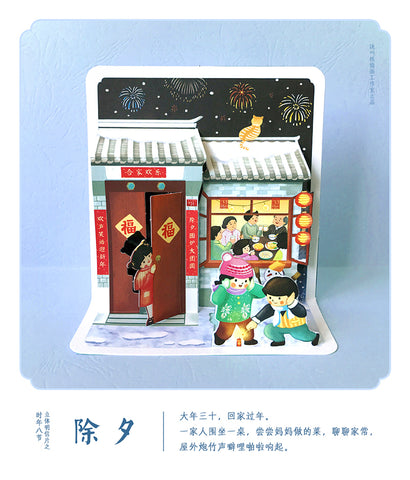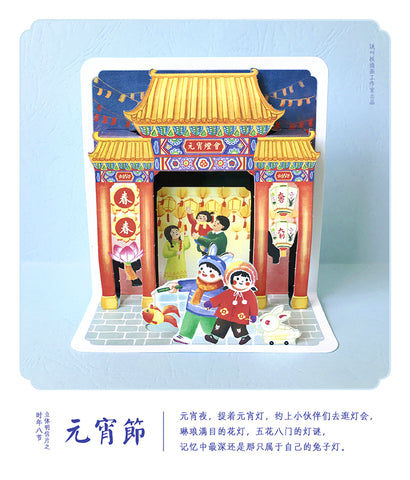Free shipping in Singapore. 在新加坡免费寄送。
For shipping to destination not listed, please kindly contact us.
如寄送目的地不在列表里,请联系我们。

- Feeding time 喂奶;
- Changing time 换衣;
- Mealtime 吃饭;
- Bathtime 洗浴;
- Bedtime 睡觉;
- Playtime 玩耍;
- Body parts 身体部位;
- Basic actions 基本动作;
- Feelings and emotions 感觉与情绪;
- Family 家庭.



 There is a common misperception of Teochew as a spoken language without writing. The truth is that Chinese linguistic scholars have identified the Teochew language as a "living fossil" of Middle Chinese, which was the standard form of written Chinese used during the height of the Chinese civilisation between the Tang (618 to 907) and Song (960 to 1279) dynasties.
There is a common misperception of Teochew as a spoken language without writing. The truth is that Chinese linguistic scholars have identified the Teochew language as a "living fossil" of Middle Chinese, which was the standard form of written Chinese used during the height of the Chinese civilisation between the Tang (618 to 907) and Song (960 to 1279) dynasties.


This product is made possible by the funding support of more than 100 backers from 14 different countries on Kickstarter.
来自14个国家的100多位家己人及热心人士在Kickstarter上为这个项目筹款,助力了这套多媒体早教图卡的诞生。
Customer Reviews
These cards are a good source for learning basic primary Teochew words. Illustrations are nice. They're fun to look at and images are cute. I would have to say, as a heritage Teochew speaker, and if I don't know how to say the action of the card in Teochew, it's a little difficult as I don't read or write mandarin. It would be nice to have pinyin. I know there are videos but there isn't an index to find it.. o would have to go through the videos.
Overall, it's a resource and I like that it's available. It's hard to find resources for learning Teochew to begin with and then add on for kids. So this is a win.
Dear Cyanthia,
Many thanks for giving us your support. We'll certainly take your feedback and suggestion into account.
The cards are of good quality with a cute design.
The videos are well made with clear pronunciations, which I think is the most important part of the learning.
The only cons is that it's missing pronounceable writings on card like Pinyin for foreign speakers, which forces to use the videos as reference.
Dear Adrien,
We appreciate your support and feedback. This will help us to make a better product in the foture.
I give it 4 stars for missing the Pe̍h-ōe-jī on the cards
I love these cards, but I wish they include romanized pronunciation - Pe̍h-ōe-jī for example, instead of only the characters, somewhere in the materials, because for me the spoken is the most important, and I can't really be fussed about having the Mandarin + Teochew + English writing on the card. If I see a card and don't know how to say it, looking at the back isn't exactly going to help me in that regard.
Dear Katherine,
Thank you for your valuable feedback. We will take this into mind, and hope in the meanwhile our videos can help you with the pronunciation.
This is a great resource kit for my family to learn Teochew together. My children enjoys learning teochew with the videos and flashcards.
Dear Julia,
Thank you for letting us know. We are very happy that your children have found our videos and flashcards to be useful and fun!




